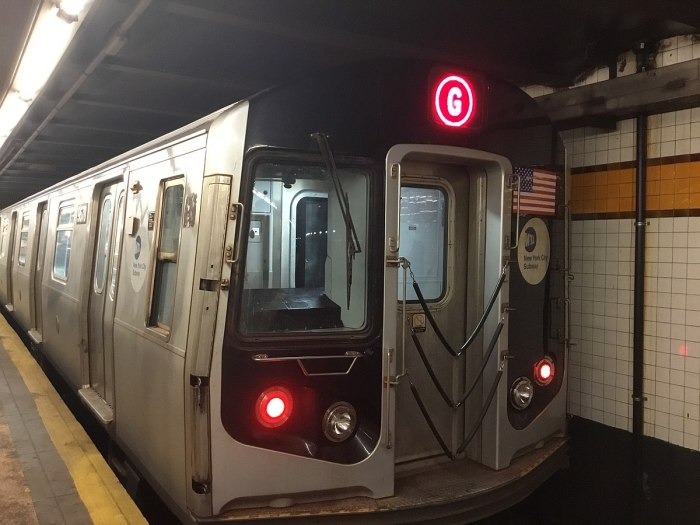Aleksey Bilogur, 20, was always interested in information.
As a child, he “read to tatters” children’s encyclopedias. In middle and high school, he contributed to Wikipedia, writing entries about Hawaiian volcanoes based on United States Geological Survey and National Oceanic and Atmospheric Administration data — that was the information available.
Now, he has more information at his fingertips.
Earlier this year, the Sheepshead Bay resident and Baruch College junior caught the open data bug, experimenting with city data sets — from agencies like the NYPD, the Department of Transportation, the Parks Department, the Independent Budget Office, and the New York Public Library, for example — to investigate local issues: How far do you really have to walk to find a Starbucks? Where is the most dangerous intersection in NYC? And, most recently, who owns the most real estate in the city? That post on his personal website reached approximately 80,000 viewers in five days.
How do you get to Carnegie Hall? Analysis
Bilogur is an acolyte of NYC’s open data project, an attempt to put the city’s public information online for communal use. So far there are more than 1,350 data sets online, ranging from crime data in city parks to a catalogue of screens in Times Square.
One recent open data project found that the NYPD was mistakenly ticketing thousands of legally parked motorists. The project led to a response from the NYPD, who told the analyst that they were clarifying the rules for police officers.
Bilogur sees data analysis as a way to create “real value in the world,” by using civic data to solve problems and explain our cities and communities accurately to ourselves. He envisions community boards using information like his findings of the city’s most crash-prone intersections — including the Brooklyn entrance to the Brooklyn and Manhattan Bridges and the Bushwick Avenue, Jamaica Avenue and Jackie Robinson Parkway intersection in Queens — to instruct policy on street use and planning.
His most recent post attempts to map the city by real estate ownership.
Bilogur finds that Columbia University and NYU are the city’s largest and wealthiest private landowners, according to public data from the Department of City Planning and Department of Finance.
Parsing the sets allows for comparisons that bring some sense of perspective: the value of every public housing project in NYC is nearly $10 billion, only enough to build approximately two Oculuses, the new PATH station at the World Trade Center (to be fair, one of the most expensive projects of its type).
Big data, better government
Open data usage in NYC is still in its early stages.
Bilogur notes that his real estate visualizations only account for some 20 percent of city addresses. The rest are listed as single ownership, which could be true single owners or obscured by holding companies. Donald Trump, for example, doesn’t appear in the data. The dioceses of the Catholic Church, another large landowner, appears underrepresented given hospitals and parish buildings which are separately owned.
For Bilogur, the answer is as much transparency as possible without unnecessary encroachments on privacy.
Open data could help with everything from devising better policing strategies to providing a better understanding of the city’s growth, seen through the lens of street names — his forthcoming project.
Bilogur says he came into college planning to go into economics, but he lost interest in the idea of sitting in front of a terminal, trading all day in the future. Working with data sets, specifically civic data sets, felt more urgent, and could provide the possibility to do work that addressed city problems.
Start-ups don’t always focus on those local, pertinent issues, but they could, says Bilogur, given their ability to adapt quickly. And open data is available for manipulation and city use by anyone, says Bilogur, whose family immigrated to Bensonhurst from Saratov, Russia when he was two and a half.
“Anyone can do this,” he says. “That’s the coolest thing.”
This is amExpress, the conversation starter for New Yorkers.Subscribe at amny.com/amexpress.

































